© ROOT-NATION.com - Use of content is permitted with a backlink.
The legendary physicist Albert Einstein was a thinker ahead of his time. Born on 14 March 1879, Einstein came into a world where the dwarf planet Pluto had not yet been discovered and the idea of spaceflight was a distant dream. Despite the technical limitations of his time, Einstein published his famous Theory of General Relativity in 1915, which made predictions about the nature of the universe that would be confirmed again and again for more than 100 years.
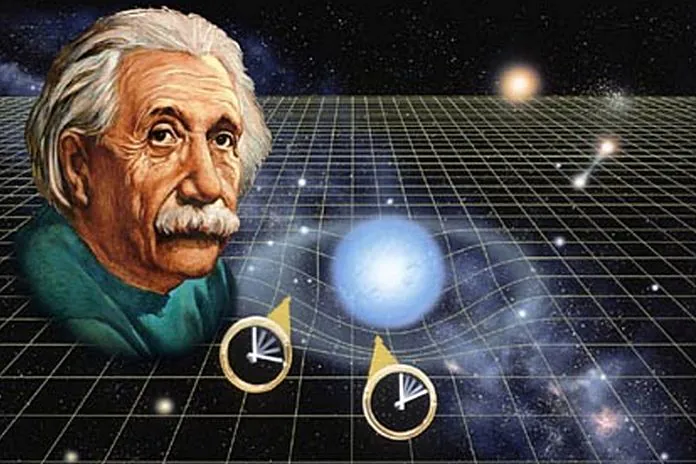
Here are 10 recent observations that proved Einstein right about the nature of the cosmos a century ago – and one that proved him wrong.
The first image of a black hole
Einstein’s general theory of relativity describes gravity as a consequence of the curvature of space-time, essentially, the more massive an object is, the more it curves space-time and causes smaller objects to fall towards it. The theory also predicts the existence of black holes – massive objects that curve space-time so much that even light cannot escape them.

When researchers using the Event Horizon Telescope (EHT) obtained the first-ever image of a black hole, they proved that Einstein was right about some very specific things, namely that every black hole has a point of no return, called the event horizon, which should be roughly circular and of a predictable size based on the mass of the black hole. The revolutionary image of a black hole obtained by EHT showed that this prediction was absolutely correct.
The “echo” of a black hole
Astronomers have once again proved the correctness of Einstein’s Black Hole Theory when they discovered a strange pattern of X-ray emission near a black hole 800 million light years away from Earth.
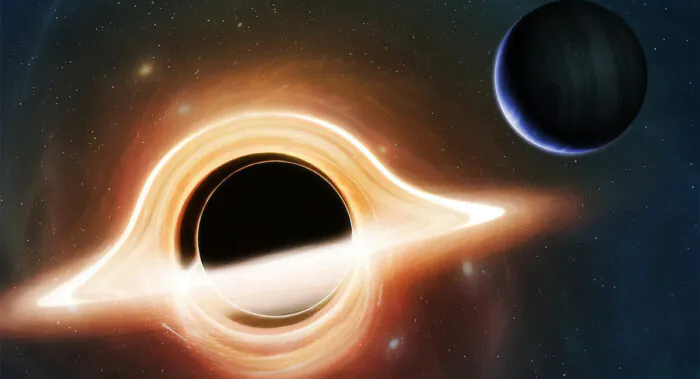
In addition to the expected X-rays flashing from the front of the black hole, the team also found predictable “luminous echoes” of X-ray light that were emitted behind the black hole but were still visible from Earth because the black hole bends space-time around it.
Gravitational waves
Einstein’s theory of relativity also describes huge ripples in the fabric of space-time called gravitational waves. These waves arise from the merging of the most massive objects in the Universe, such as black holes and neutron stars.
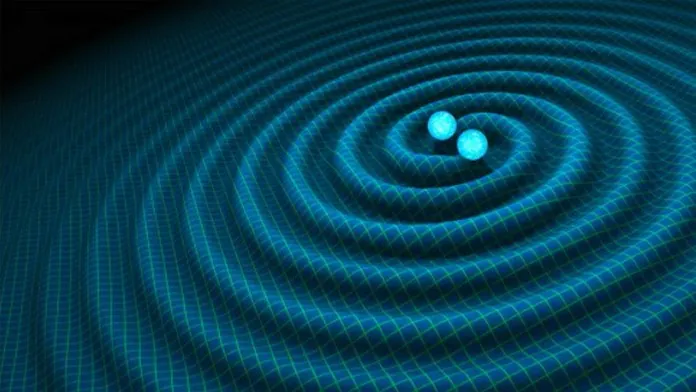
Using a special detector called the Laser Interferometer Gravitational-Wave Observatory (LIGO), physicists confirmed the existence of gravitational waves in 2015 and continued to detect dozens of other examples of gravitational waves in the following years, proving Einstein right once again.
Unstable partners of a black hole
Studying gravitational waves can reveal the secrets of the massive, distant objects that emit them.

By studying the gravitational waves emitted by a pair of binary black holes that were slowly colliding in 2022, physicists have confirmed that the massive objects oscillated – or precessed – in their orbits as they approached each other, just as Einstein had predicted.
“Dancing star on the spirograph
Scientists have again seen Einstein’s theory of precession in action by studying a star orbiting a supermassive black hole for 27 years.
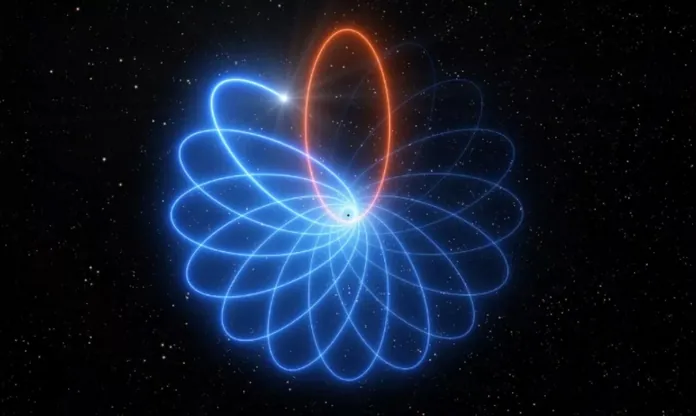
After completing two full revolutions around the black hole, the star’s orbit began to “dance” forward in a rosette shape, rather than moving in a fixed elliptical orbit. This movement confirmed Einstein’s prediction of how an extremely small object should orbit a relatively giant one.
A neutron star that “drags the frame”
It’s not just black holes that bend space-time around them, the super-dense husks of dead stars can do so too. In 2020, physicists studied how a neutron star had orbited a white dwarf (two types of collapsed, dead stars) over the previous 20 years and found a long-term drift in the way the two objects orbited each other.

According to the researchers, this drift was probably caused by an effect called frame drag, in essence, the white dwarf stretched space-time enough to slightly change the orbit of the neutron star over time. This again confirms the predictions of Einstein’s theory of relativity.
Gravity magnifier
According to Einstein, if an object is massive enough, it should bend space-time in such a way that distant light emitted behind the object appears magnified (as seen from Earth).
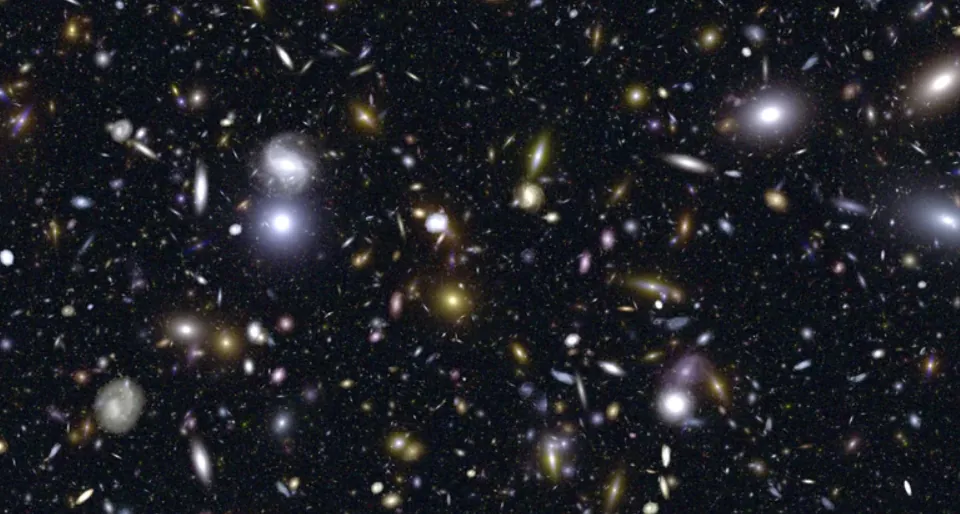
This effect is called gravitational lensing and is widely used to bring a magnifying glass to objects in the deep Universe. It is known that the first deep-field image of the James Webb Space Telescope used the gravitational lensing effect of a cluster of galaxies 4.6 billion light-years away to significantly magnify the light from galaxies more than 13 billion light-years away.
Einstein ring JO418
One form of gravitational lensing is so striking that physicists couldn’t help but name it after Einstein. When the light from a distant object is magnified into a perfect halo around a massive object in the foreground, scientists call it an “Einstein ring”.
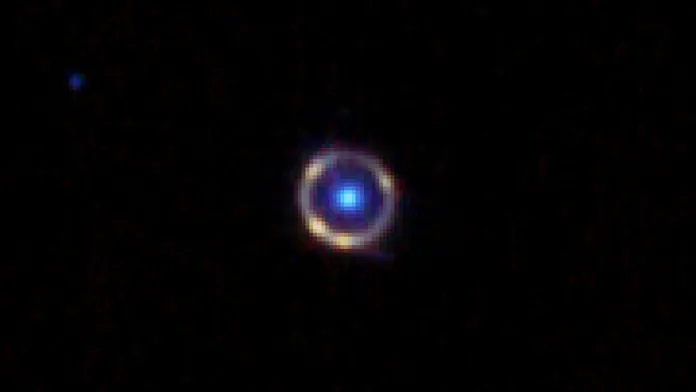
These amazing objects exist all over the cosmos and have been photographed by astronomers and amateur scientists alike.
A shifting universe
As light travels through the Universe, its wavelength is shifted and stretched in several different ways, known as redshift. The best-known type of redshift is associated with the expansion of the Universe (Einstein proposed a number called the cosmological constant to account for this apparent expansion in his other equations).

However, Einstein also predicted a type of “gravitational redshift” that occurs when light loses energy on its way out of a depression in space-time created by massive objects such as galaxies. In 2011, a study of light from hundreds of thousands of distant galaxies proved that gravitational redshift does indeed exist, as Einstein had predicted.
Atoms in motion
Einstein’s theories seem to be valid in the quantum realm as well. The theory of relativity suggests that the speed of light in a vacuum is constant, which means that space should look the same from all sides. In 2015, researchers proved that this effect is true even on the smallest scales when they measured the energy of two electrons moving in different directions around the nucleus of an atom.

The energy difference between the electrons remained constant, regardless of the direction in which they moved, which confirms this part of Einstein’s theory.
And finally… And what about the “horrific actions from a distance”?
In a phenomenon called quantum entanglement, bound particles can seemingly communicate with each other over vast distances faster than the speed of light and only “choose” a state to inhabit once they are measured. Einstein hated this phenomenon, calling it “terrifying action at a distance”, and insisted that no influence can propagate faster than light, and that objects have a state whether we measure them or not.

But in a large-scale, global experiment in which millions of entangled particles were measured around the world, the researchers found that the particles appear to choose a state only at the moment they are measured, and not before.
“We’ve shown that Einstein’s worldview… in which things have properties whether you observe them or not, and no influence propagates faster than light, can’t be true – at least one of those things has to be false,” study co-author Morgan Mitchell, a professor of quantum optics at the Institute of Photonic Sciences in Spain, told Live Science in 2018.
Read also:
- NASA’s Lucy spacecraft took new pictures of the Earth and the Moon
- James Webb Space Telescope has a 68 GB SSD
- Are we going to be holograms? Holography development from theory to practice

